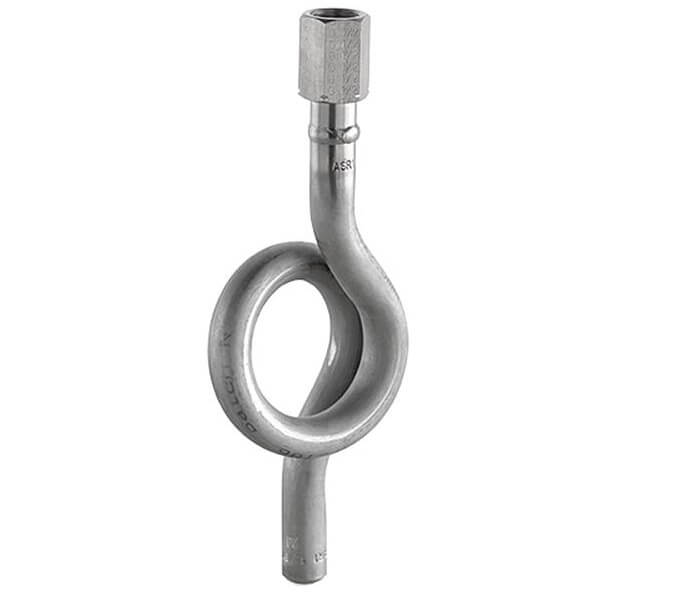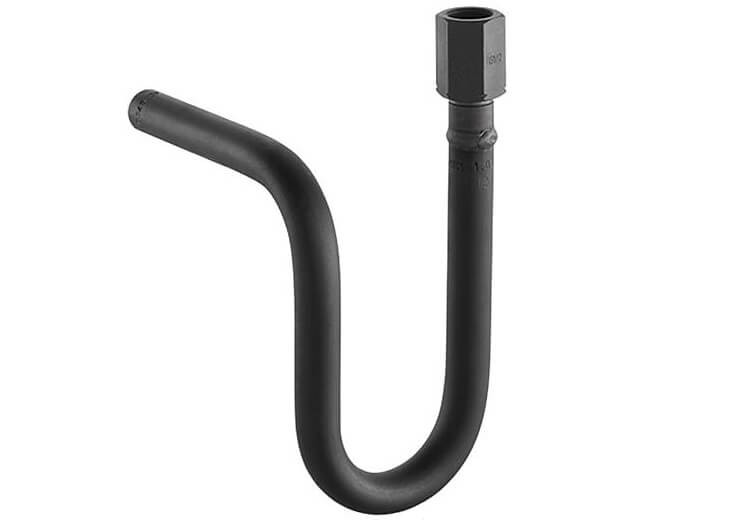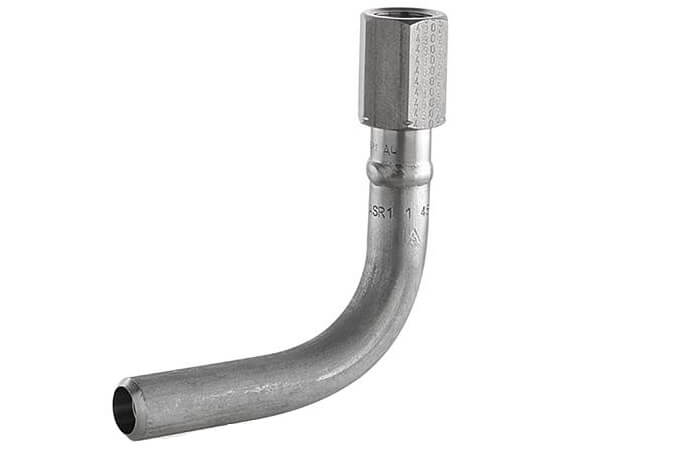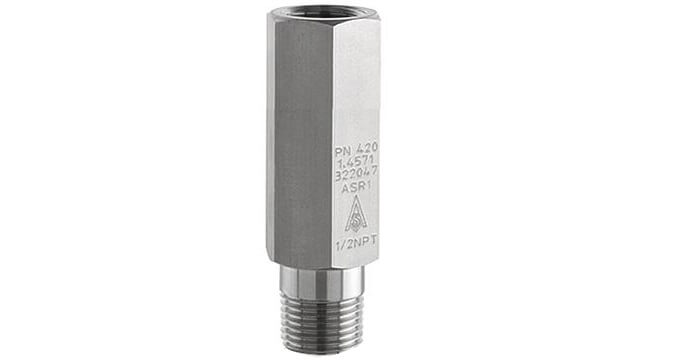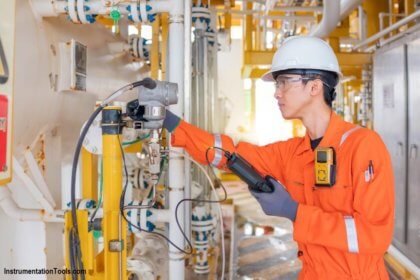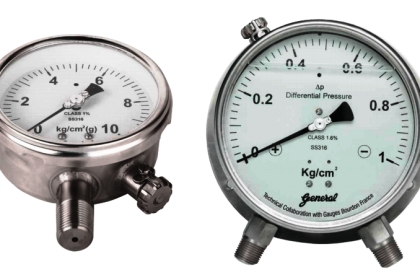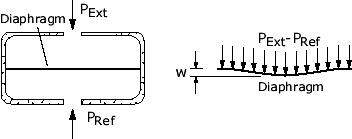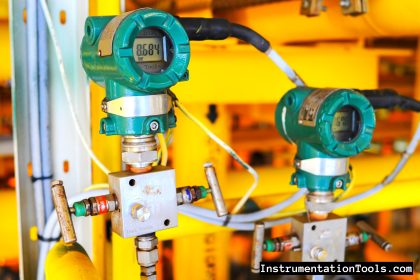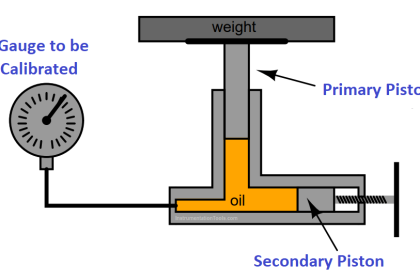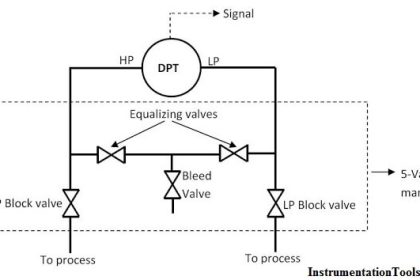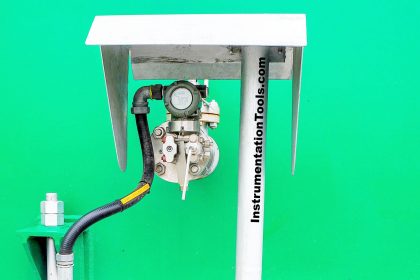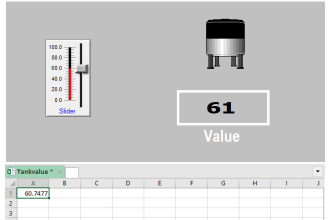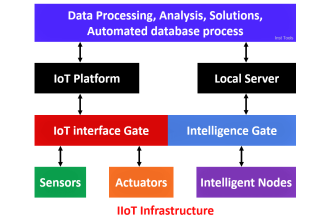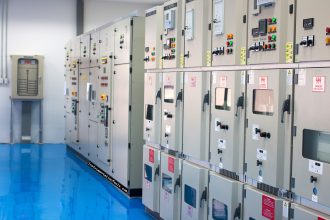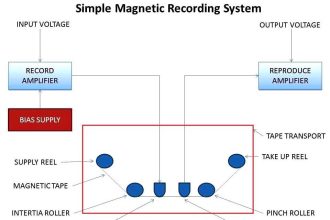
A pressure gauge siphon is a simple device used to protect a pressure sensor from high-temperature media, such as steam. It can also be used to reduce the potentially damaging effects of rapid pressure changes. These low-cost devices allow systems builders to use a pressure sensor with a much lower temperature range in high-temperature applications.
Gauge Syphons are used to protect the pressure gauge from the effect of hot pressure media such as steam and also to reduce the effect of rapid pressure surges. The syphon allows condensate to form and be collected inside the syphon, preventing the hot media (hot vapors, not just steam) from coming in direct contact with the pressure instrument. Also used as freeze protector when used with proper fill fluids.
Types of gauge siphon :
- Coil Syphons
- U Type Syphons
- Compact Gauge Syphons
- Straight Pipes and 90° Elbows
Coil Syphons
The Coil Syphon is normally used for vertical installations.
U Type Syphons
The U Type Syphon is normally used for horizontal installations.
Straight Pipes and 90° Elbows
Straight Pipes and 90° Elbows are used when gauge syphons are not necessary due to the service conditions. The Straight Pipe is used for vertical installations. The 90° Elbow is used for horizontal installations.
Compact Gauge Syphons
The Compact Gauge Syphon can be used instead of the Coil Syphon for vertical installations. The Compact Gauge Syphon is available as Standard Type and also as Integral Snubber Type.
Source : as-schneider
